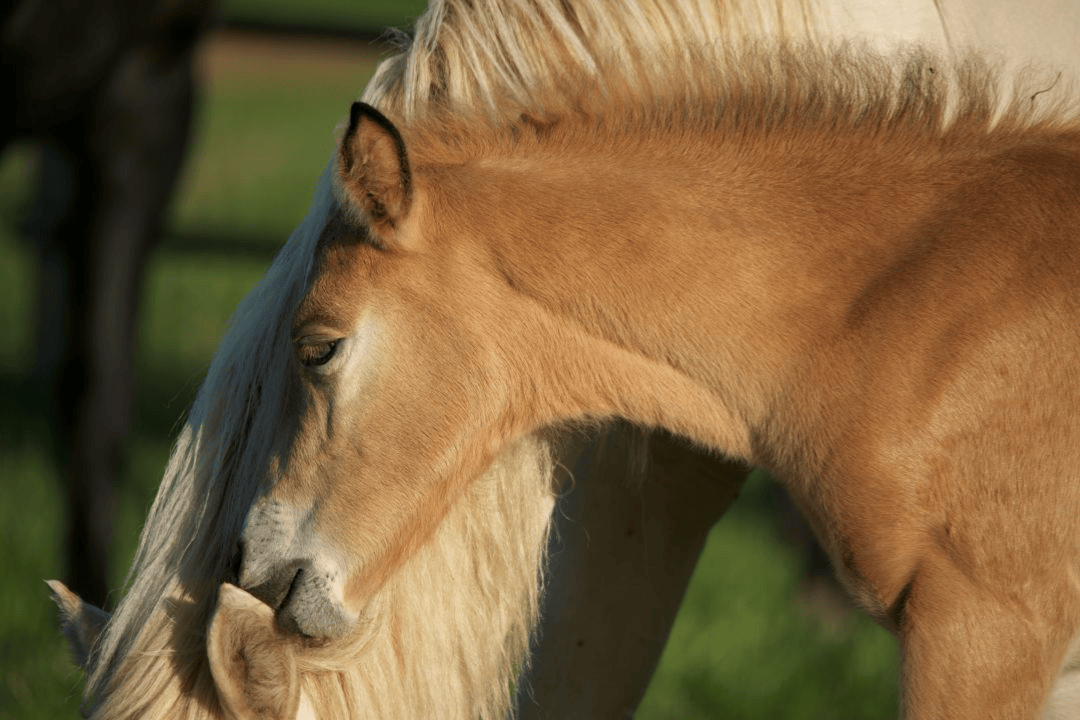
Horse Health Lines (Fall 2025) now online
The Fall 2025 issue of Horse Health Lines, news publication for the Western College of Veterinary Medicine’s (WCVM) Townsend Equine Health Research Fund, is now online.
By WCVM Today• Click here to view Horse Health Lines (digital edition)
• Download Horse Health Lines (PDF)
Here’s a quick look at the stories inside this issue.
Turning off the tap. Botox aids wound healing. An eight-year-old quarter horse named Coffee was brought in to the WCVM Veterinary Medical Centre with a head laceration directly over the gelding’s parotid salivary gland. The team used Botox injections to temporarily stop the flow of saliva and give Coffee’s wound a chance to heal.
The fasting factor. A new study at the WCVM is exploring whether a simple change — such as adjusting when a horse last ate — could help reduce the dangers of anesthesia for equine patients. The study has financial support from the college’s Townsend Equine Health Research Fund.
Miniature messengers. A group of tiny cargo-filled messengers may be the answer to how horse embryos communicate with the mother in early pregnancy and could potentially be used to heal other parts of the body.
Hard to stomach. WCVM clinical teams are seeing more horses in serious pain from intestinal blockages caused by ingesting plastic net wrap that hasn’t been properly removed from hay bales before feeding.
Bubbles and Biscuit. Dr. June Donaldson, an author and educator, was inspired by her childhood equine friend to donate life-sized mare and foal models to the WCVM. Veterinary students will use the simulation models to practise foaling scenarios and techniques in the WCVM’s BJ Hughes Centre for Clinical Learning.
